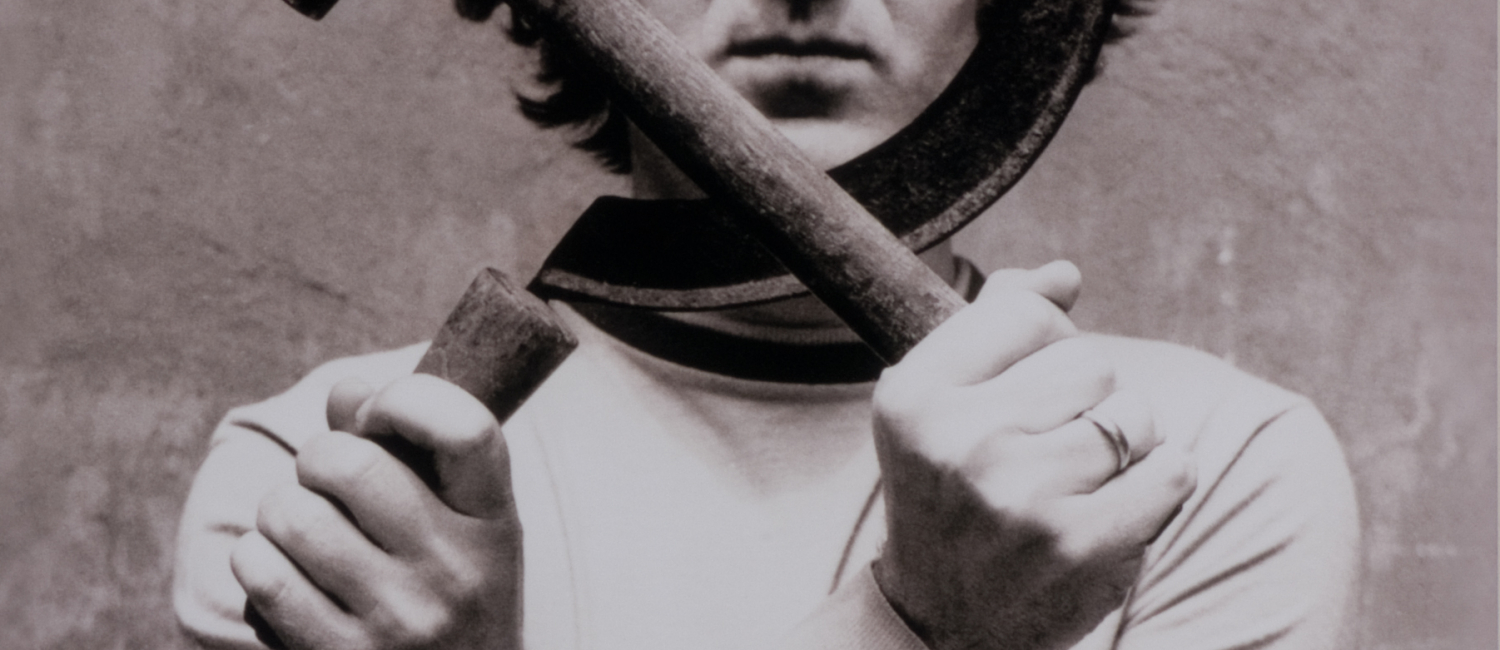The exhibition Dialektik der Bilder / The Dialectic of Images examines artistic identities and positions in Hungary from the 1970s to the turn of the millennium, investigating the art scene of the end of socialism and the impacts of the fall of the Iron Curtain. The exhibition, selected from the collection of the Ludwig Museum – Museum of Contemporary Art, highlights the most important movements in the Hungarian art of these three decades, examining how artistic identity as a cultural product was formed within the triple coordinate system of state socialism, Europeanness and Eastern Europeanness.
Hungary’s culture and history are often described as “interrupted”, on the one hand referring to the fault line between East and West, and on the other hand, to the fact that the political transformation of 1989–90 created a kind of tabula rasa when the whole art practice had to be rebuilt from scratch. While the storm caused by the collapse of the socialist system undoubtedly upset both the elite political structure and everyday life, the intellectual attitudes after the regime change were, of course, still rooted in the previous decades.
Due to the artificially maintained cultural filter of the socialist regime, the Western European movements of the 1960s and 1970s impacted Hungarian art within a specific interpretive framework. Opportunities for international travel, especially to the West, were rarely available, either privately or on scholarships, and the international transfer of artworks was also prohibited. Nevertheless, occasional travels, the growing number of foreign visitors, artworks illegally taken abroad to show at exhibitions, or the emergence of mail art resonating with Western trends but brought to life by the coercive circumstances have somewhat revived international relations both with the Western European – primarily German and Austrian – and with the Eastern European art scene.
The main tools of the neo-avant-garde artists, who considered themselves the heirs of the classical avant-garde tradition of the early 20th century – body, language and city/nature –-can be seen as “escape techniques” born under conditions of censorship, observation and restriction of freedom. Many artists devoted themselves to the scientific study of aesthetic and technical problems in the spirit of a complete retreat from the political sphere.
The conceptual works created in the 1970s show how these artists defined their identity in a surreal environment, while expressing criticism of the bureaucratic structures of the totalitarian system or mocking the system in a more or less disguised form, revealing its triviality and malfunctioning. Among such dualities as official-unofficial, forbidden-tolerated, public-private, conform-non-conform, artists often tend to create new realities: parallel worlds, utopias, dystopias, and imaginary domains.
As a result of the political thaw that began in the late 1970s and early 1980s, cultural relations between Hungary and Western Europe became more and more active, so that artists could travel more freely or stay abroad for longer periods through foreign scholarships (e.g. DAAD) or they could visit or even organize exhibitions outside the country. The duality of the official-unofficial artistic practice of previous decades has been replaced by a more complex search for identity, more organically linked to the context of international trends, and a historical and cultural reassessment of the tradition of art. The photographic works and prints selected for the exhibition highlight some of the diverse trends of the decade, including the means of expressing social commitment, the emergence of individual mythologies, or the value-creating processes of relating to classical tradition.
In the sudden political and cultural vacuum following the change of regime, the paradigm developed by the old system clashed with newly accepted values, opening unexpected but exciting horizons for artists.
For the generation that started in the late 1980s and early 1990s, the typically Eastern European duality of existing power and opposing moral or creative positions gradually lost its relevance, and the role of the revolutionary artist became devoid of meaning. A wide range of creative approaches have replaced previous positions, from pragmatic, disciplined, and analytical methods to sensitive, instinctive, and spontaneous self-expression. The public sphere and social responsibility gave way to the private sphere, the noble rebellion to the banal, everyday struggle. Political resistance was gradually replaced by a methodological examination of the current power structures – e.g. feminist critique, critique of colonialism – in various areas of society.
The exhibition is a collaboration between the Ludwig Museum – Museum of Contemporary Art and Collegium Hungaricum Berlin.
Curator: Zsuzska Petró
Assistant Curator: Soma Bradák
Text by Zsuzska Petró, Franciska Tóth
Installation: Béla Bodor
